Cycling down the White Pine Trail north of Cedar Springs, Michigan, on a chilly afternoon in April 2022, Dave Medema didn’t notice the large branch sagging over the asphalt path.
“Maybe the tree had just blended into the wooded background along the trail,” he said.
“I didn’t see it until the very last moment.”
With no time to swerve, Medema hit the brakes—hard.
He flew over his handlebars and landed on the pavement, head first.
The next thing he remembers is a man kneeling beside him, assessing his condition.
“I said, ‘Just give me a couple minutes. I’ll be fine. I’ll be able to get on my bike and ride home,’” said Medema, 69, a lifelong cyclist who lives outside Rockford, Michigan.
“He kindly asked me, ‘Well, who’s the president?’ And I couldn’t name him. … So I thought, ‘Oh, this isn’t good.’”
Level 1 trauma
The good Samaritan, a motorist named Will who happened to witness the accident, had pulled his vehicle over and dashed through the ravine between the road and the trail to give assistance.
He called 911 and Medema’s wife, Fenna Diephuis.
First responders soon arrived.
After immobilizing his neck with a hard collar, the EMTs transported Medema to Corewell Health’s Spectrum Health Butterworth Hospital, the region’s Level 1 Trauma Center.
“He was a level one trauma, which means that we mobilize all of our team,” said Cathryn Chadwick, MD, a critical care surgeon on duty the day of Medema’s crash.
“We get the trauma surgeon, our residents, radiology, the ER docs—everybody is in the trauma bay waiting for this patient to arrive so that we can quickly stabilize him … and get him quickly imaged and then up to the ICU.”
CT scans and a subsequent MRI showed severe compression of Medema’s cervical spine. The injury had caused paralysis from the neck down. His brain function, however, remained sound—he escaped with only a concussion.
Medema has his helmet to thank for that.
“I had a helmet on, and that saved my life,” he said.
“So if you do one thing in this article, put in bold font, large font, red font, underlined, italicized: Always wear a helmet.”
Spinal surgery
Diephuis, already in Grand Rapids running an errand at the time of her husband’s accident, beat the ambulance to the hospital and sat in an ER lounge, awaiting news.
She was allowed to peek in on him briefly, but the full report came later, at his bedside in the ICU.
Dr. Chadwick had already consulted with the on-call spinal surgeon when she delivered the medical team’s assessment—that to remove the damaged disks in Medema’s neck and stabilize his cervical spine, he would need a spinal fusion surgery the next morning.
This would relieve the pressure on his spinal cord, giving the nerves the chance to regenerate over time.
To optimize Medema’s care, the ICU team placed a central line for administering medications and an arterial line in his wrist for continuous blood pressure monitoring.
“We know that if we keep people at a normal heart rate and blood pressure, they have better outcomes—and especially with these spinal cord injuries, they get better perfusion to their spinal cord and therefore a better outcome,” Dr. Chadwick said.
Exactly what that outcome would look like for Medema, no one could say. He had good health in his favor, but nerves regenerate more slowly in people his age.
In talking with the couple, Dr. Chadwick tried to strike a balance between optimism and realism.
“I was able to help them get to that point where they were like, ‘My life isn’t over’ … and get through those first stages and days where things feel completely out of control.”
Dr. Chadwick’s clarity, confidence and compassion resonated.
Taking her words to heart, Medema and Diephuis worked hard during those early hours and days to process their thoughts and emotions.
“Our plans for retirement just took a 180-degree turn, you know?” Medema, a self-employed management consultant and coach, said.
“But I knew that if I went into victim mode, or if I went, ‘Why, God, why? Why me?’ … then I’m going to have a miserable life.”
So he set two goals, then and there: to “practice radical acceptance” of his circumstances and to get back on the White Pine Trail on an electric-assist tricycle.
“I told Fenna right away, and I told my bike buddies. I said, ‘I’ll be back out there with you guys. It’s gonna be on an e-trike.’”
For her part, Diephuis took the advice of a hospital chaplain and set up a CaringBridge page to keep family and friends updated on Medema’s status.
“I blogged every day. I’d come home, and it was my way of unwinding before I went to bed,” she said. “It was such therapy for me to do that.”
Rehab and recovery
Medema’s spinal surgery went smoothly.
The next day, the Corewell Health physical and occupational therapy team assessed his core and extremity strength in preparation for a move to inpatient rehab. Pushing through the pain, Medema worked with his therapists to sit up at the side of the bed and to begin some preliminary exercises.
His discharge to Mary Free Bed Rehabilitation Hospital came just a day later.
On his way out, Dr. Chadwick asked him for a favor: Come back and see us someday.
“I see patients in the most acute phase of their injury, but I rarely get to see when they have recovered and how well they’re doing and how much function they have gotten back,” she said.
“I rarely get to see the post-trauma stuff.”
Medema and Diephuis remembered the request.
Ten months later, they arranged a return trip to Butterworth Hospital.
Bearing bags of treats, they met up with Dr. Chadwick and several ER, ICU and Multidisciplinary Trauma Clinic team members to express their deep gratitude for the world-class care they received.
But this reunion could happen only after months of slow, steady, excruciating work—physical and occupational therapy that continues in some form to this day.
First, Medema completed seven weeks of intensive rehabilitation at Mary Free Bed, where aides had him standing up by day two—never mind that he couldn’t feel his feet.
Within four weeks, a physical therapist—himself a hard-core cyclist—got Medema riding a trike inside the building.
By six weeks post-crash, he could stand, pivot and walk with a walker.
After his June 6 discharge, Diephuis, a medical massage therapist, became her husband’s full-time caregiver.
Medema began working with a team of outpatient physical therapists to rebuild muscle mass and mobilize his shoulders, arms, hands, legs and feet.
“A lot of my body got shut down from the crash,” he said. “The trauma not only damaged my spinal cord and the nerve endings, but then my body doesn’t know how to move.”
Life now involves a cycle of working and waiting—working the muscles and waiting for the nerves to heal and wake up.
“What I can control is doing exercises to regain muscle mass and mobility,” he said. “Nerves? Nothing I can really do about that, other than do the exercises and have good nutrition.”
To promote healing, Medema also receives acupressure treatments and other holistic therapies.
The progress he’s made in a year’s time has been remarkable, and he’s hopeful he can regain full functionality.
He now walks without a walker, up to a mile at a time.
Nearly every morning, he spends an hour or two in the improvised home rehab gym in his basement, working on stretching, strength training, balance and range-of-motion exercises, all with equipment Diephuis rigged up for him.
4,000 miles to go
Last September, just five months after the accident, Medema took to the trail again on a bright-orange custom-built electric tricycle.
His physical therapist from Mary Free Bed helped design the specs; his riding buddies helped raise the funds to buy the Bluetooth-enabled three-wheeler from TerraTrike, a local manufacturer.
Before winter, Medema had already logged 300 miles.
His lifetime goal of cycling 100,000 miles remains in his sights.
“I’m at 96,000 right now—lifetime miles. I bet I’ll be there in two years,” he said.
He dreams of finishing a Lake Michigan loop ride he started with a friend a couple years ago, and of cycling the 45 miles to Spring Lake, Michigan, to go trail riding with his grandkids.
Today, a year after the crash, Medema reflects on his circumstances with both grief and gratitude.
“My grief about what I’ve lost, physically and everything, it’s there. My emotions are still pretty raw,” he said. “I’m going through the grief.”
Yet, at the same time, he celebrates his renewed strength and marvels at how far he’s come: “Way farther than anybody thought I would.”
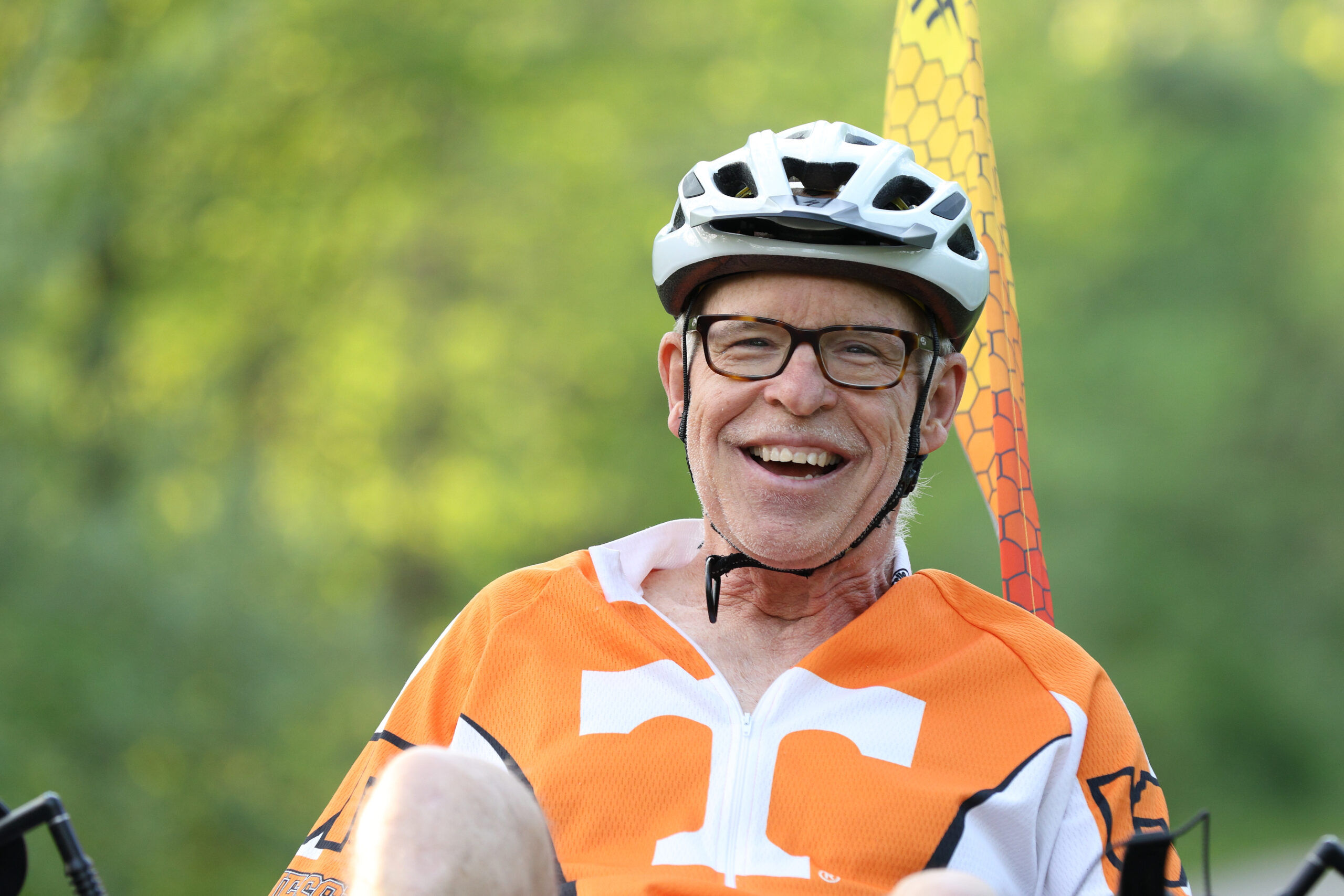
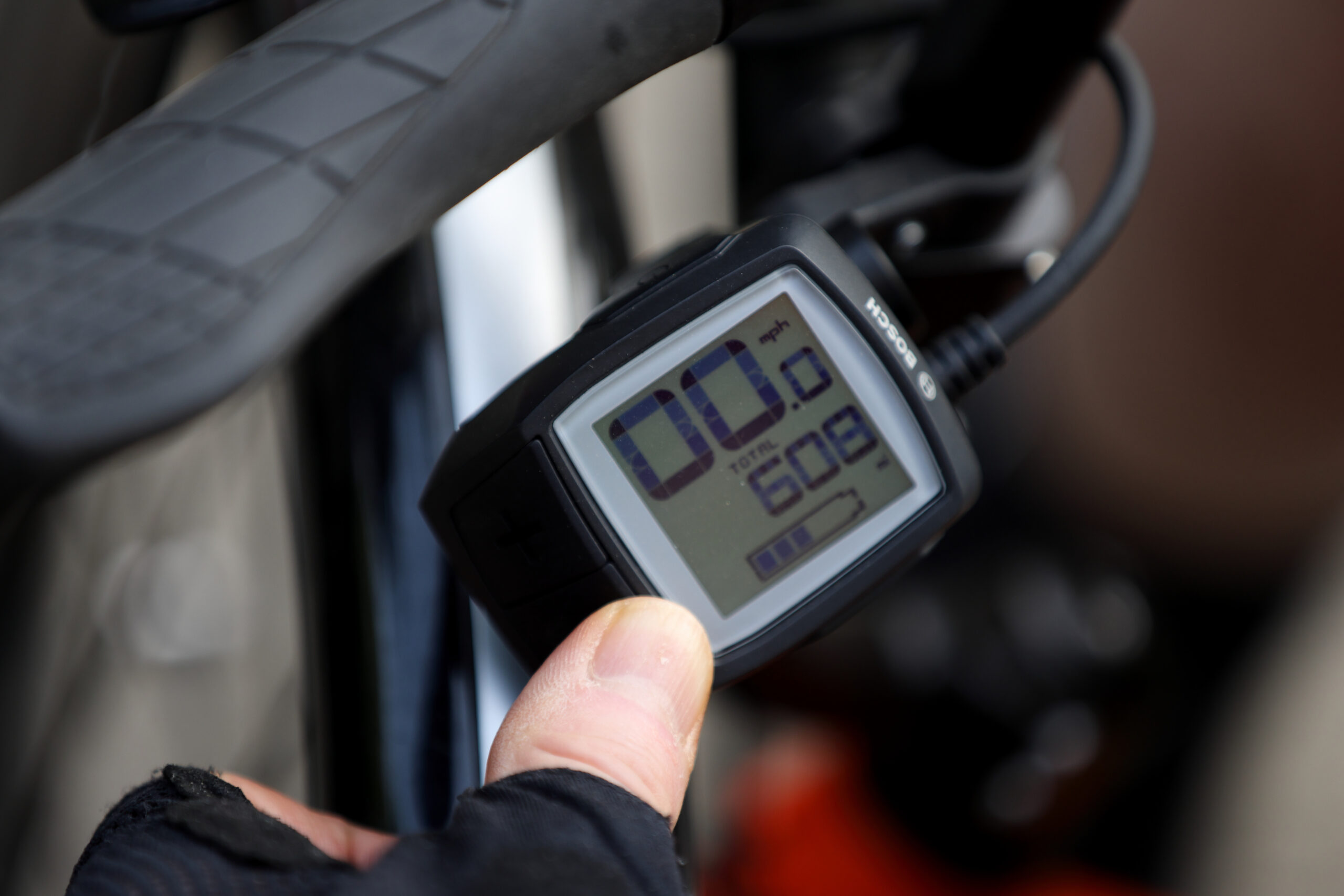
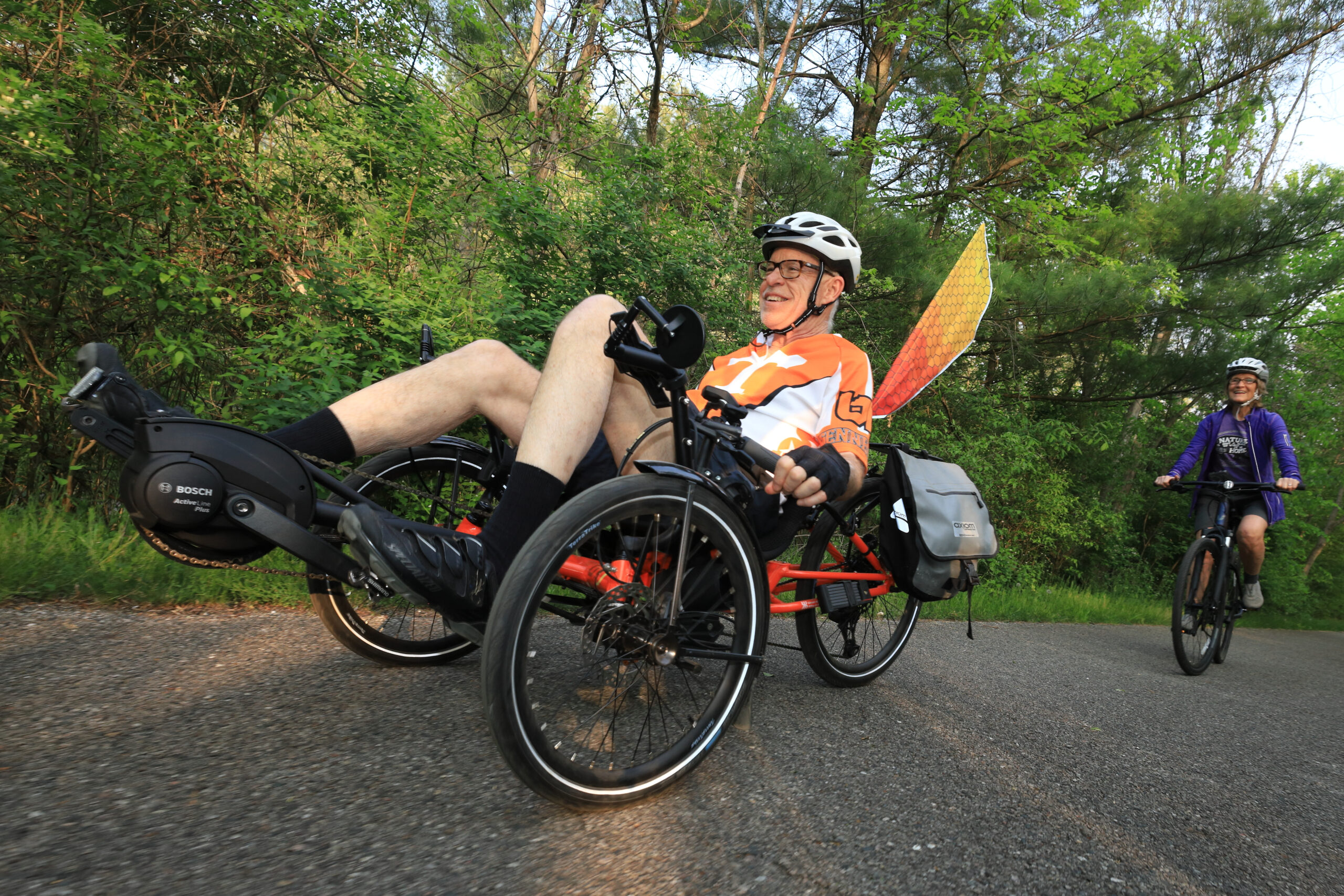
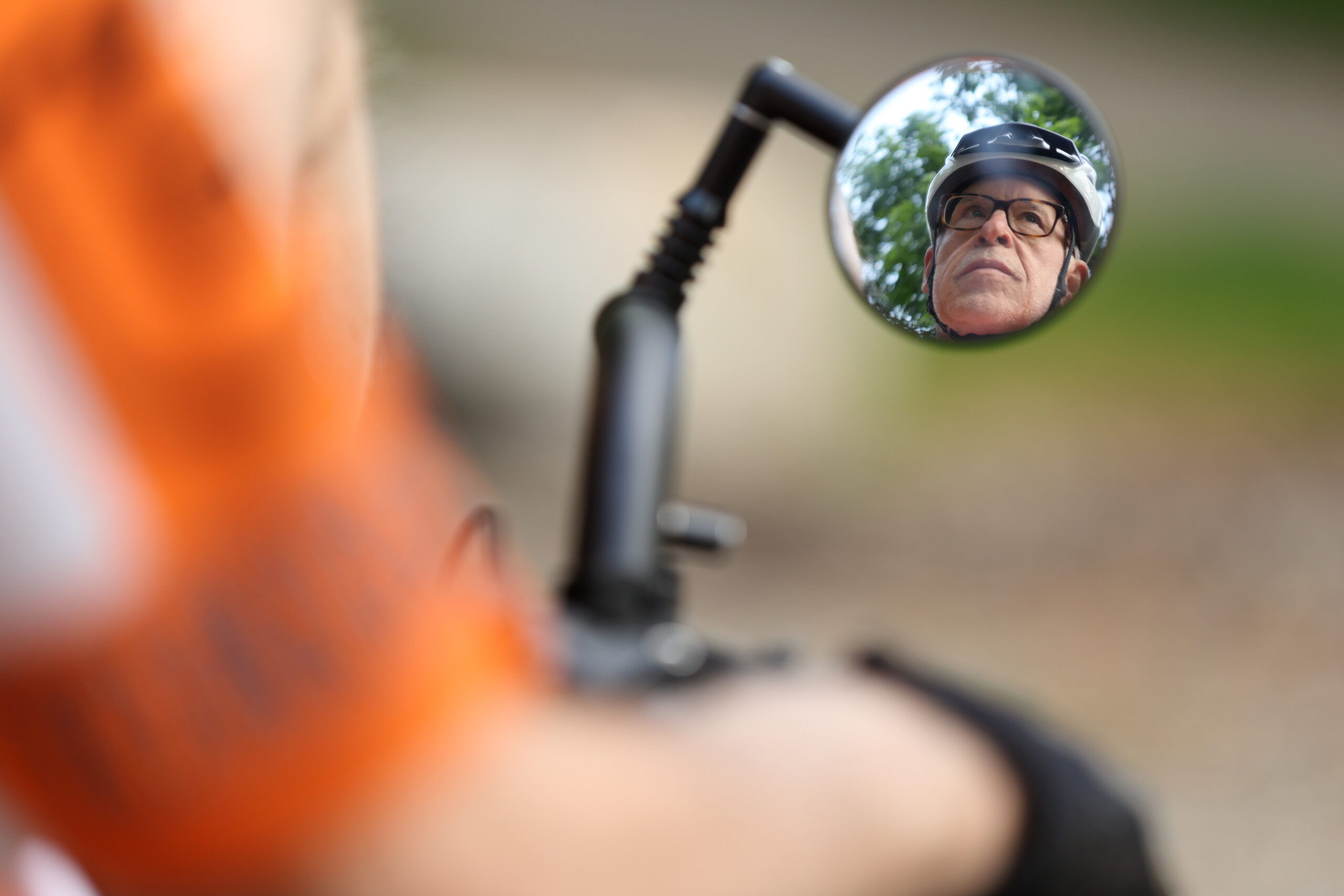
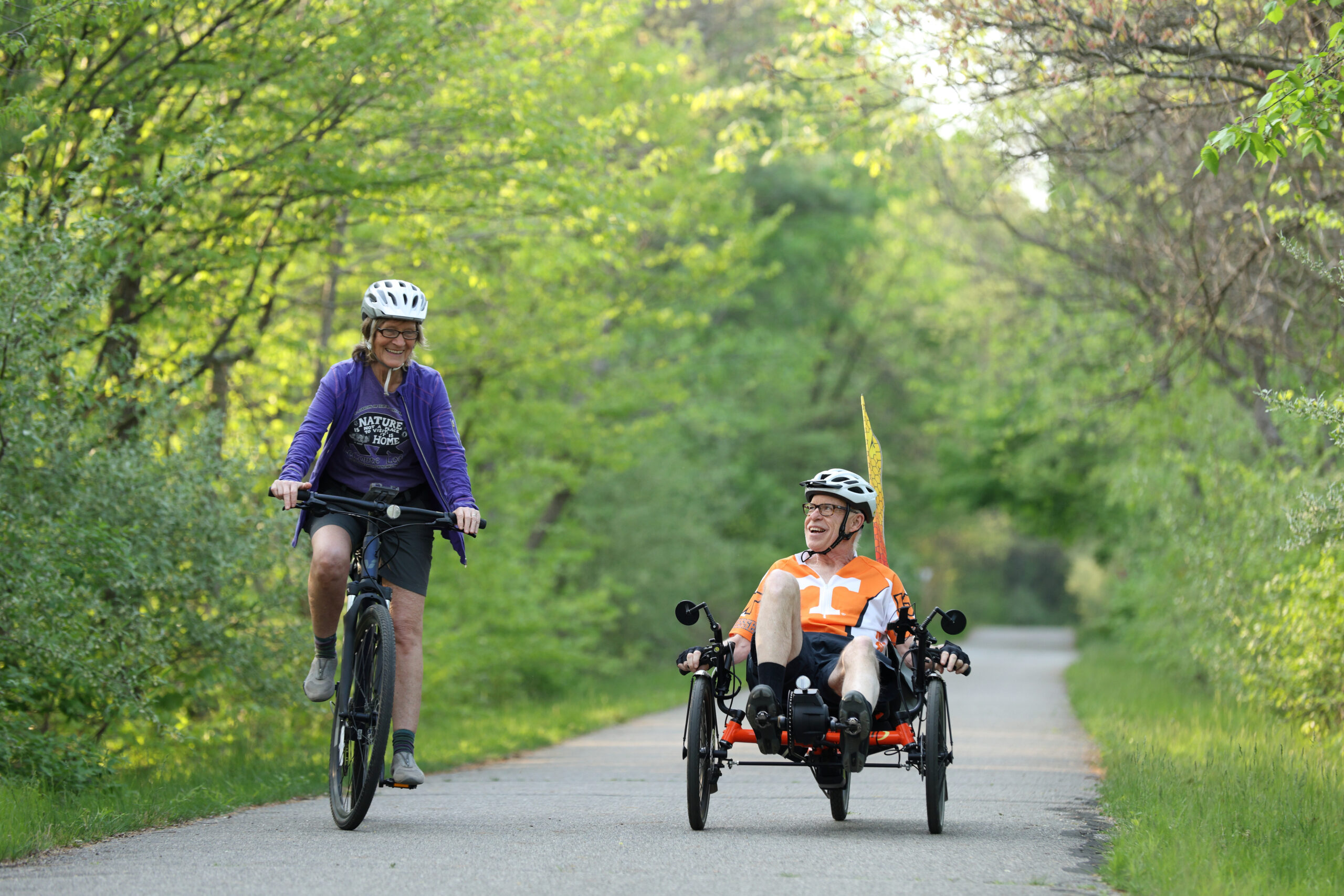
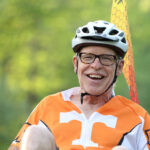

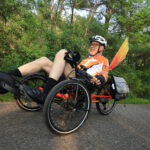
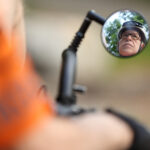
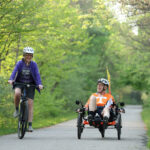
 /a>
/a>
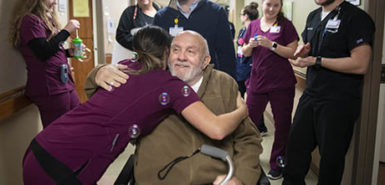 /a>
/a>
 /a>
/a>